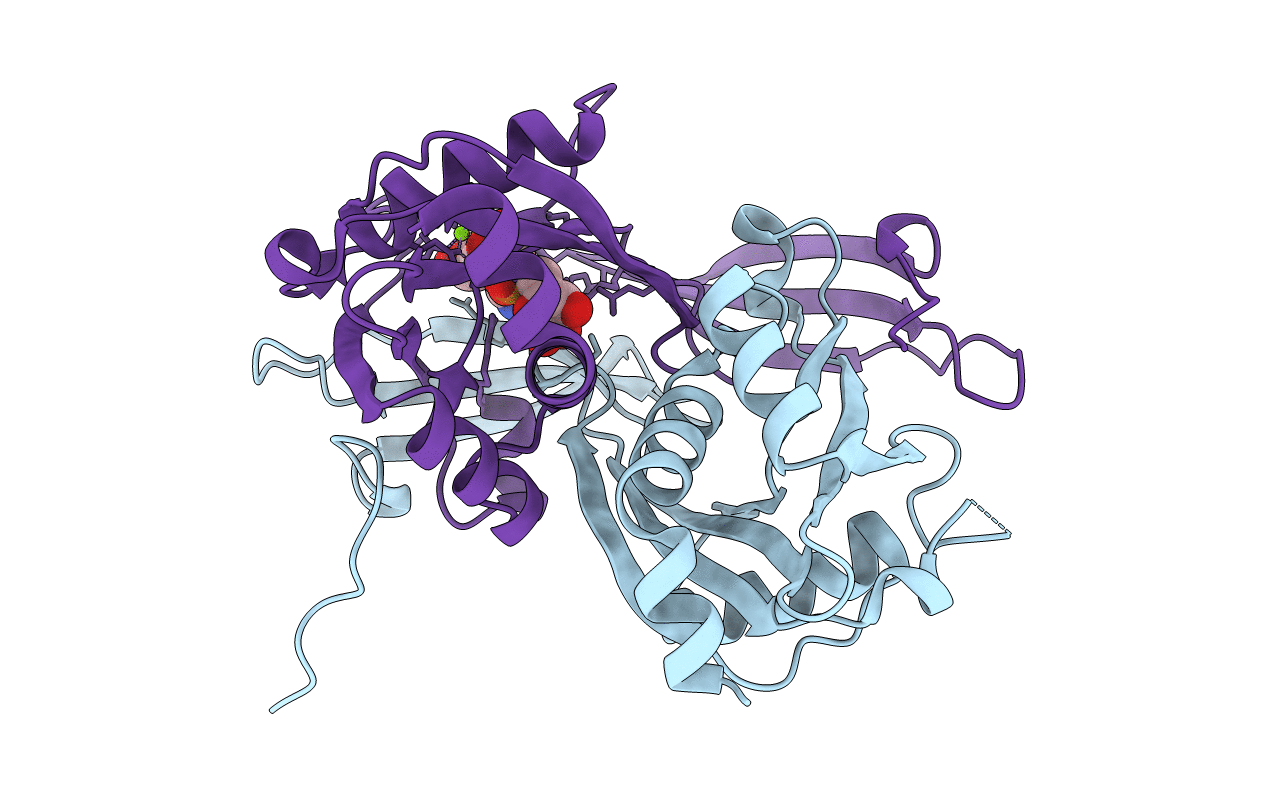
Deposition Date
2001-12-01
Release Date
2002-10-09
Last Version Date
2024-02-14
Method Details:
Experimental Method:
Resolution:
2.04 Å
R-Value Free:
0.25
R-Value Work:
0.19
Space Group:
P 21 21 21


